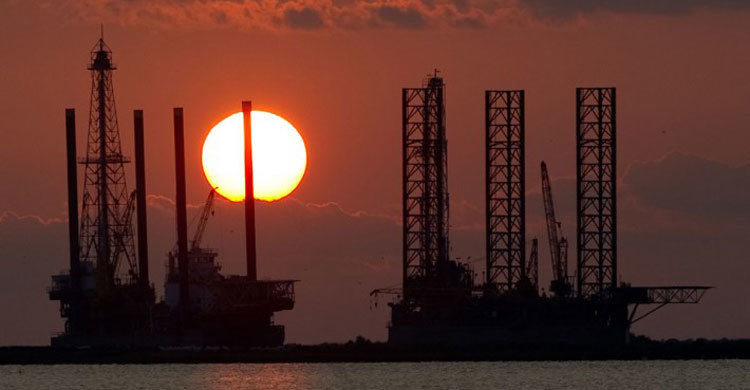Oil price: ‘remain wary of possible rallies’ analyst warns

Crude futures rose above $35 a barrel for the first time in two months today, prompting increased optimism that prices may have bottomed out, but not all analysts are convinced.
International crude benchmark Brent is set to end the week with a gain of more than 5 per cent at just under $37 a barrel. Meanwhile, output has fallen for a sixth straight week to 9.08m barrels a day, according to data from the US government`s Energy Information Administration.
Analysts say prices could get a further kick from US economic data due later in the day.
"A lot of traders are keeping their powder dry in front of non-farm payroll data – it`s the No1 (indicator) in terms of crude consumers," said Ben Le Brun, a market analyst at OptionsXpress in Sydney. "Investors are a little more confident we`ve seen a bottom in oil (prices)."
Further cuts in US output, mostly enforced, are possible in the coming months.
"The tight credit market will make it difficult for US shale producers to refinance upcoming debt and we may see an accelerated decline in US oil production in 2016-17," ANZ said in a note on Friday.
A growing number of analysts and market observers have begun tentatively calling the bottom of the market for oil.
International benchmark Brent crude has now spent more than seven days above $35 a barrel – and been above $36 a barrel all of this week. Reuters notes it is up nearly a quarter since hitting a low of around $27 a barrel on 11 February while its US counterpart, West Texas Intermediate, is up around a third over the same period.
The positivity has come on the back of hopes for a deal to halt increases in global output, which has the backing of a number of major exporting countries including Russia and Saudi Arabia, the two biggest producers.
"The market has suddenly started to focus on bullish headlines.
This has created huge inflows, buying from hedge funds," said Oystein Berentsen, the managing director of crude at Strong Petroleum.
Robert Yawger, the director of the futures division at Mizuho Securities USA, told the Wall Street Journal: "The market seems willing to shrug off bearish developments and push the upside."
However, not everyone is convinced. "We continue to remain wary of possible rallies," said Daniel Ang of brokerage Phillip Futures.
This bearish view is based on doubts that the deal to freeze production at January levels will sufficiently ease global oversupply, which is currently running at one to two million barrels a day.
Russia`s output in January reached record high of 10.9 million barrels, while Saudi Arabia was also pumping more than ten million barrels a day and output from the wider Opec cartel was at multi-year highs.
Nor does the agreement have the backing of Iran, which is attempting to add at least one million barrels a day to its exports since emerging from international sanctions.
Added to this is the rapid advance in US shale, which was the trigger that set the current turf war in train.
Surprisingly, producers in this high-cost sector have found efficiencies few thought possible and output remains well above nine million barrels a day.
US stockpiles surged by more than ten million barrels to a new record last week – a build four times higher than expected by analysts.
Some reckon flexible production in the US, which does not require huge investment over many years to get going, could undermine future upwards moves.
Seth Kleinman, an analyst at Citi Research, speculated that prices above $40 a barrel "would prompt shale producers to reverse many of the production cuts that are supporting the rally" and send prices tumbling again.


